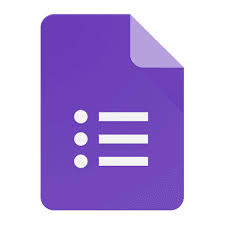Katie Robertson
First Grade Teacher
Courses Taught:
First Grade General Education
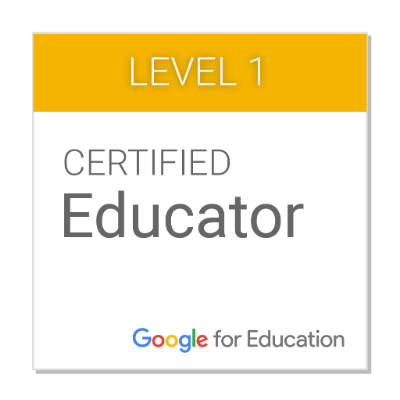


Bio
I am one of the first grade teachers here at Newport Grammar School. I went to NGS K-8 and Cocke County High School 9-12. I graduated from Carson-Newman University with my Bachelors in Education (K-6) and Cumberland University with my Masters of Arts in Education. I have been teaching for 13 years. This is my sixth year teaching at Newport Grammar School. My husband's name is Chris and we have two sons, Shane (age 8) and Theo (age 6),
Starting 1st Grade- What You Need to Know
Click here for an overview of what's taught in 1st Grade.
Specials Schedule
SPELLING CHOICE BOARD
Here's what we're learning right now...

These are the TN standards we are currently covering in our curriculum:
1st Quarter Math Essential Questions:
Addition Concepts
•How do pictures show adding to?
•How do you model adding to a group?
•How do you model putting together?
•How do you solve addition problems by making a model?
•What happens when you add 0 to a number?
•Why can you add addends in any order?
1.OA.A.1 Use addition and subtraction within 20 to solve word problems involving situations of adding to, taking from, putting together, taking apart, and comparing, with unknowns in all positions, e.g. by using objects, drawings, and equations with a symbol for the unknown number to represent the problem.
1.OA.B.3 Apply properties of operations as strategies to add and subtract.
1.OA.C.6 Add and subtract with 20, demonstrating fluency for addition and subtraction within 10. Use strategies such as counting on, making ten; decomposing a number leading to a ten using the relationship between addition and subtraction; and creating equivalent but easier or known sums.
1st Quarter ELA Essential Questions:
Wonders Smart Start Unit EQs:
WEEK ONE
EQ: What are your favorite books?
EQ: What are some well-known nursery rhymes?
EQ: What are choral readings?
EQ: What is the difference between fiction and nonfiction?
WEEK TWO
EQ: What are vowels? What are consonants?
EQ: What are the short vowel sounds?
WEEK THREE
EQ: What are rhyming words?
EQ: What are the long vowel sounds?
Wonders Unit 1 Essential Questions:
Week 1 Story → “Nat and Sam"
EQ: What do you do at your school?
EQ: How can I capitalize and punctuate sentences?
EQ: How can visualizing help me to become a better reader?
EQ: How can I find key details in a text?
EQ: What is realistic fiction?
Spelling Pattern: Short a CVC words
Week 2 Story → “Go, Pip!”
EQ: What do you do where you live?
EQ: How can I identify a sentence/not a sentence?
EQ: What is a noun?
EQ: How can I find key details in a text?
EQ: How can visualizing help me to become a better reader?
EQ: What is plot?
EQ: What are syllables?
EQ: What is a fantasy?
Spelling Pattern: Short i CVC words
Week 3 Story → “Flip”
EQ: What makes a pet special?
EQ: What are plural nouns?
EQ: What is a fantasy?
EQ: What is the difference between a statement and a question?
EQ: What are rhymes?
Reading Skills: Visualize, Key Details, Plot
Spelling Pattern: l-Blends
Week 4 Story → “Friends”
EQ: What do friends do together?
EQ: What are possessive nouns?
Reading Skills: Ask & Answer Questions, Key Details
Spelling Pattern: Short o CVC words
Week 5 Story → “Move It!"
EQ: How does your body move?
EQ: What is a verb?
EQ: What is the writing process?
EQ: What is readers theatre?
Reading Skills: Ask & Answer Questions
Spelling Pattern: Blends sp, gr, dr
RLA Standards/Objectives
Click on the documents that are next for a detailed list of Wonders Unit 1-6 ELA standards.
Wonders Unit 1-6 RLA Standards
- Wonder Unit 1 Week 2 Standards.pdf
- Wonder Unit 1 Week 1 Standards.pdf
- Wonders Unit 1 Week 3 Standards.pdf
- Wonders Unit 1, Week 4 Standards.pdf
- Wonders Unit 1, Week 5 Standards.pdf
- Wonders Unit 2, Week 1 Standards.pdf
- Wonders Unit 2, Week 2 Standards.pdf
- Wonders Unit 2, Week 3 Standards.pdf
- Wonders Unit 2, Week 4 Standards.pdf
- Wonders Unit 2, Week 5 Standards.pdf
- Wonders, Unit 3 Week 1 Standards.pdf
- Wonders, Unit 3 Week 2 Standards.pdf
- Wonders, Unit 3 Week 3 Standards.pdf
- Wonders, Unit 3 Week 4 Standards.pdf
- Wonders, Unit 3 Week 5 Standards.pdf
- Wonders Unit 4 Week 1 Standards.pdf
- Wonders Unit 4 Week 2 Standards.pdf
- Wonders Unit 4 Week 3 Standards.pdf
- Wonders Unit 4 Week 4 Standards.pdf
- Wonders Unit 4 Week 5 Standards.pdf
- Wonders Unit 5 Week 1 Standards.pdf
- Wonders Unit 5 Week 2 Standards.pdf
- Wonders Unit 5 Week 3 Standards.pdf
- Wonders Unit 5 Week 4 Standards.pdf
- Wonders Unit 5 Week 5 Standards.pdf
- Wonders Unit 6 Week 1 Standards.pdf
- Wonders Unit 6 Week 2 Standards.pdf
- Wonders Unit 6 Week 3 Standards.pdf
- Wonders Unit 6 Week 4 Standards.pdf
- Wonders Unit 6 Week 5 Standards.pdf
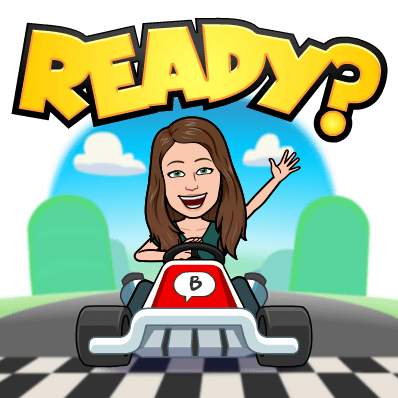
WONDERS Unit 1-6 Sight & Spelling Words
- Wonders, Unit 1 Week 1 Homework.pdf
- Wonders Unit 1, Week 2 Homework.pdf
- Wonders Unit 1 Week 3 Homework.pdf
- Wonders Unit 1, Week 4 Homework.pdf
- Wonders Unit 1 Week 5 Homework.pdf
- Wonders Unit 2, Week 1 Homework.pdf
- Wonders Unit 2 Week 2 Homework.pdf
- Wonders Unit 2, Week 3 Homework.pdf
- Wonders Unit 2, Week 4 Homework.pdf
- Wonders Unit 2, Week 5 Homework.pdf
- Wonders Unit 3 Week 1 Homework.pdf
- Wonder Unit 3 Week 2 Homework.pdf
- Wonder Unit 3 Week 3 Homework.pdf
- Wonders Unit 3 Week 4 Homework.pdf
- Wonders Unit 3 Week 5 Homework.pdf
- Wonders Unit 4 Week 1 Homework.pdf
- Wonders Unit 4 Week 2 Homework.pdf
- Wonders Unit 4 Week 3 Homework.pdf
- Wonders Unit 4 Week 4 Homework.pdf
- Wonders Unit 4 Week 5 Homework.pdf
- Wonders Unit 5 Week 1 Homework.pdf
- Wonders Unit 5 Week 2 Homework.pdf
- Wonders Unit 5 Week 3 Homework.pdf
- Wonders Unit 5 Week 4 Homework.pdf
- Wonders Unit 5 Week 5 Homework.pdf
- Wonders Unit 6 Week 1 Homework.pdf
- Wonders Unit 6 Week 2 Homework .pdf
- Wonders Unit 6 Week 3 Homework.pdf
- Wonders Unit 6 Week 4 Homework.pdf
- Wonders Unit 6 Week 5 Homework .pdf
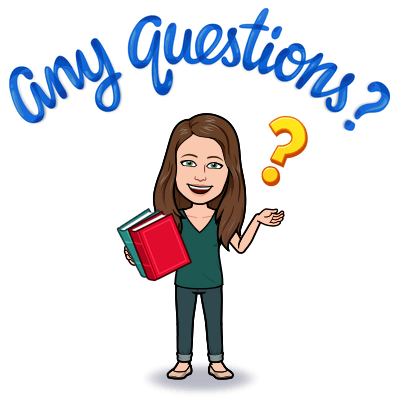
HOMEWORK
New assignments come home every Monday night and are not be due back until Friday. I always assign the following to be practiced nightly:
-That week's reading passage & "Fast & Fluent" page
-Spelling words list
-Sight word flash cards
-Writing Journal- one response to the reading each week with a matching illustration
-Math Fast Facts flash cards
-Monthly Reading Comprehension Packets due at the end of each month (Starting January-May)
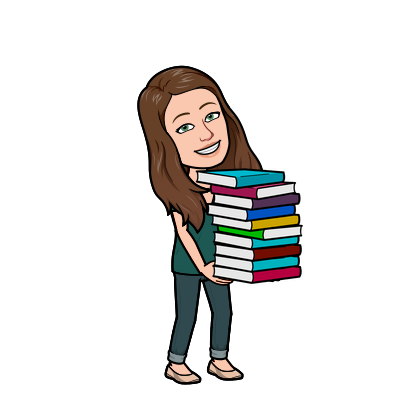
Mrs. Robertson's Classroom Library

Please remember that the Newport Grammar School's homepage has TONS of digital resources for your everyday use.
Just scroll to the VERY top of this webpage, look to the far right, and click on the yellow rectangle that says "Digital Resources" for all sorts of FABULOUS links and icons. Or...you can simply click here:
https://www.newportgrammar.org/digital
"Useful Links" is also another great yellow rectangle you can click on at the top right side of this webpage.


